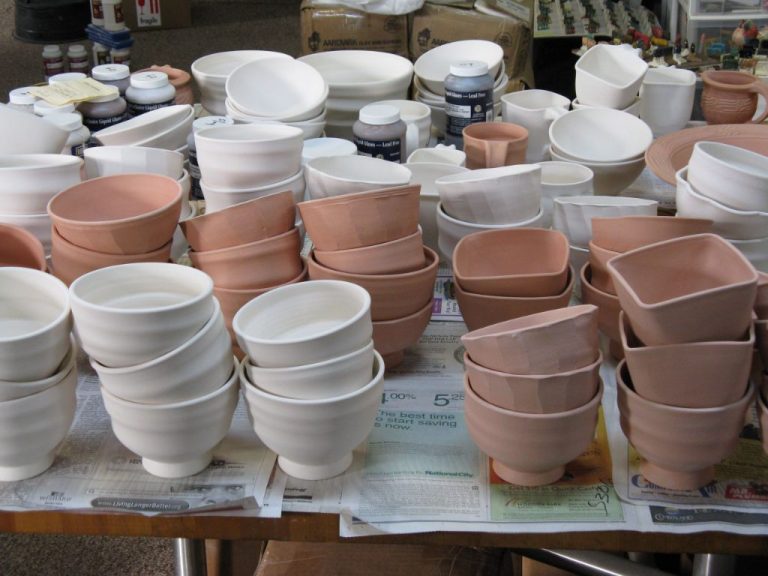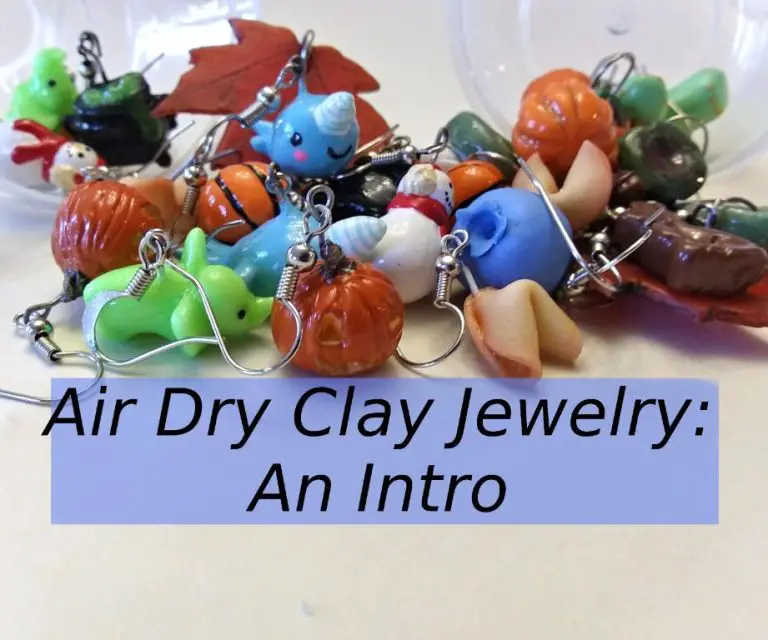What Is The Best Roller For Textured Paint?
Textured paint, also known as textured wall paint or textured wall coating, refers to a type of decorative paint with a rough, dimensional, textured finish. It contains coarse granules or particles that add visual and tactile depth and dimension to its application surface. Textured paint is popular among home decorators and DIYers as it offers a stylish, modern finish without requiring advanced painting skills.
There are several reasons why textured paint has become a mainstream wall coating option for both residential and commercial spaces. First, it masks small wall imperfections by hiding minor cracks, bumps, and uneven patches. The textured finish helps conceal flaws for a more uniform appearance. Second, it adds rustic charm and visual interest to walls. The dimensional finish creates highlights and shadows that make the surface more dynamic. Finally, textured paint is durable and scuff-resistant, so it holds up well to everyday wear and tear. Overall, textured paint delivers an attractive, low-maintenance, on-trend look.
Pros and Cons of Textured Paint
Textured paint has several advantages that make it a popular choice for interior walls. One of the biggest pros is the visual appeal. Textured paints add dimension and depth to walls through their bumpy, irregular surface. The textures create shadows and visual interest compared to flat paint (https://www.familyhandyman.com/article/textured-paint/).
Textured paint is also extremely durable. The textured surface helps camouflage scratches, scuffs, and other minor wall damage. It’s an ideal choice for high-traffic areas prone to bumps and scrapes. The texture makes the paint more resistant to damage than flat paint.
In addition, textured paint excels at hiding imperfections in existing walls like cracks, uneven patches, and poor drywall seams. The textured surface disguises flaws better than smooth paint. This allows homeowners to skip skim coating or other wall prep.
However, textured paint also has some downsides. It can be more difficult to clean than flat paint since debris can get caught in the grooves. The texture also makes it harder to touch up. Any patched areas will be visually noticeable and require repainting entire walls. Additionally, heavily textured paints can create too much visual busyness in small spaces (https://certapro.com/mercer-middlesex/community/what-are-the-pros-and-cons-of-textured-paint/).
Types of Textured Paint
There are several common types of textured paint used to add visual interest to walls and ceilings:
Knockdown
Knockdown texture has a subtle orange peel look with slight grooves. A trowel is used to knock down the peaks after applying paint with a hopper gun or airless sprayer. Knockdown offers a smooth but not completely flat finish.
Popcorn
Popcorn texture, also called cottage cheese or splatter texture, has a thick, bumpy look. The paint is sprayed on with specialized spray equipment to create rounded, textured blobs across the surface. Popcorn texture provides an extremely rough, decorative look.
Orange Peel
Orange peel texture is identified by its resemblance to the exterior of an orange. This fine, sandy texture is achieved by applying paint with a roller and then going back to knock down any lines and smooth over the finish.
Orange peel creates subtle texture and depth without being too bold or rough.
Choosing the Right Roller
When painting textured surfaces like concrete, stucco, popcorn ceilings, or textured drywall, choosing the right roller is crucial for achieving a smooth, even finish. There are three key factors to consider when selecting a roller:
Nap Length. Longer nap lengths like 3/4″ are ideal for heavily textured surfaces, as they hold more paint and can reach into uneven textures. For lightly textured walls, a shorter 1/4″ or 1/2″ nap is recommended. Shorter naps create less stippling and leave a smoother finish.
Material Type. Rollers made with a microfiber or polyester blend fabric are best for painting textured surfaces. Unlike standard nylon and polyester rollers, microfiber and poly/ester blends create less stippling and smoothly glide over bumps and grooves. Foam rollers are another option for very coarse textures.
Roller Size. Opt for wider rollers around 9″ for large, open areas like walls and ceilings. For cutting-in around trim, windows or edges, a smaller roller around 4″ is easier to control (Glidden).
Test different rollers on a small area to ensure it lays down an even coat and doesn’t catch on the texture. Prep work like sanding and priming textured surfaces is also key for a smooth painted finish.
Recommended Rollers
When selecting a roller for textured paint, it’s recommended to use a roller with a nap between 1/2 inch and 1 inch. The nap refers to the fuzzy surface of the roller. A longer nap will help apply thicker textures evenly. Microfiber and wool rollers are ideal choices.
Microfiber rollers are versatile and can be used with most paint textures. The microfiber material holds more paint than regular naps while releasing it evenly. This helps achieve a uniform texture without excess dripping. Microfiber blends and smooths textured paint well.
Wool rollers are also an excellent option, especially for thicker textures. The natural fibers grip the paint well and apply it smoothly across the surface. Wool has a luxury feel and leaves minimal lint or fibers behind. Wool rollers work to evenly distribute paint particles when applying knockdown textures.
Aim for a 1/2 inch or longer nap when applying paint with heavy aggregate or a thick build. For lighter or smoother textures, a 1/2 to 3/4 inch nap will suffice. Test different rollers on a sample board first to ensure it produces the desired stipple and texture.
Roller Techniques
Proper roller techniques are crucial for achieving a uniform, high-quality texture. Here are some key tips:
- Use a W, X, or V roller pattern. This means applying the paint in a consistent pattern of Ms, Xs, or Vs as you roll. This helps ensure even coverage and avoids random blotchiness.
- Maintain consistent pressure as you roll. Pressing too lightly or too heavily as you roll can create an uneven texture. Find the right amount of pressure that smoothly transfers paint from the roller to the wall.
- Work in approximately 2 ft by 3 ft sections. Focus on one small section at a time for the most uniform texture.
- Use vertical strokes when painting walls, horizontal strokes for ceilings. Stick with the same direction within each section.
- Maintain a wet edge by overlapping sections as you paint. This prevents lap marks or abrupt changes in texture.
- Finish each section by rolling back over it lightly. This smoothes out the texture for a consistent finish.
With some practice and by following these key tips, you can achieve pro-quality textured results.
Prep Work
Properly preparing the walls prior to applying textured paint is crucial for achieving the best results. First, you’ll want to mask off any areas you don’t want to get texture paint on, such as trim, baseboards, windows, and doors. Use painter’s tape and plastic sheeting to protect these surfaces.
Next, clean the walls thoroughly to remove any dirt, grease, or existing paint that could prevent the textured paint from properly adhering. Use a degreasing cleaner and rinse with clean water. Allow the walls to fully dry before moving to the next step.
Priming is also an important prep step, especially for new drywall or previously painted walls. A quality primer will seal the surface and provide extra adhesion for the texture paint. For heavily textured finishes, a spackling primer is recommended to help fill in any small imperfections.
Be sure to read and follow the prep instructions on your specific textured paint product for best results. Proper masking, cleaning, and priming will lead to a long-lasting, quality finish.
Applying the Texture
Achieving a smooth textured paint finish starts with applying a proper base coat according to the manufacturer’s instructions. Many experts recommend using a 3/4-inch nap roller for the base coat, which helps achieve an even layer across the entire surface. It’s critical to allow adequate drying time between the base coat and textured finish coat per the recommendations on the paint can. Rushing this step can lead to the texture not properly adhering.
Once the base coat has fully cured, you can begin rolling on the textured paint. Use a thicker nap roller, usually 1-1.5 inches, recommended for the specific texture paint you have chosen. Fully load the roller with paint and apply using “W” or crisscross motions, taking care to blend the texture evenly across the wall. Applying too much pressure can flatten the texture, while too little pressure creates an inconsistent finish. Let each section fully dry before continuing to avoid lap marks. Maintain a wet edge and work in sections of 4×4 feet. For sand-style textures, gently knock down any drips for a uniform look.
Patience is critical during the application process. Allowing proper dry time ensures the texture properly adheres. Backrolling after 10-15 minutes can help blend any lines or inconsistencies. Proper preparation leads to the desired textured finish.
Achieving Desired Results
When working with textured paint, achieving the desired uniform texture can take some practice. Here are some tips for getting the results you want:
Use a roller with the appropriate nap length for the texture you want. A thicker nap will produce a more pronounced texture. For smooth textures, use a shorter nap roller (According to this Reddit thread, a 1/4″ nap is a good all-purpose roller for slight textures).
Apply an even coat and maintain consistent pressure as you roll. Work in sections using “W” and “V” rolling motions to ensure you don’t miss any spots.
Allow proper drying time between coats. This will prevent visual imperfections.
Fix mistakes as soon as possible. For touch ups, use a small foam roller, brush, or sponge applicator and blend into the surrounding texture.
Backroll over the entire surface once finished to blend any lap marks and create a uniform appearance.
Getting the hang of texturing takes practice and some trial and error. Be patient, work methodically, and don’t try to cover too much area at once. With some experience, you’ll be able to achieve professional-looking textured surfaces.
Maintenance
Proper maintenance is important for keeping textured painted walls looking their best. Over time, textured paint may become dirty or damaged and require some care.
For regular cleaning, use a soft dry cloth or soft brush to gently remove dust and debris. Avoid abrasive cleaners or scrubbing as this can damage the texture. For deeper cleaning, use a mild soap and water solution and a soft sponge or cloth. Rinse thoroughly and let dry completely.
If the texture becomes damaged or scratched, spot repairs can be made by lightly sanding the area and reapplying texture paint in thin coats, letting each coat fully dry. It may be difficult to perfectly match the existing texture, so blend and feather the edges of touch-ups into the surrounding area. For larger damaged sections or when the existing texture has worn away, it may be best to reapply the textured paint to the entire wall for a consistent appearance according to experts at The Family Handyman.
The expected lifespan of textured paint can vary based on the specific product used and exposure levels. Typically it may last 3-5 years before needing to be reapplied. Signs that it’s time for renewal include extensive fading, flaking or wearing away of the texture. Prepping and reapplying textured paint according to the manufacturer’s recommendations will restore the wall’s appearance.


